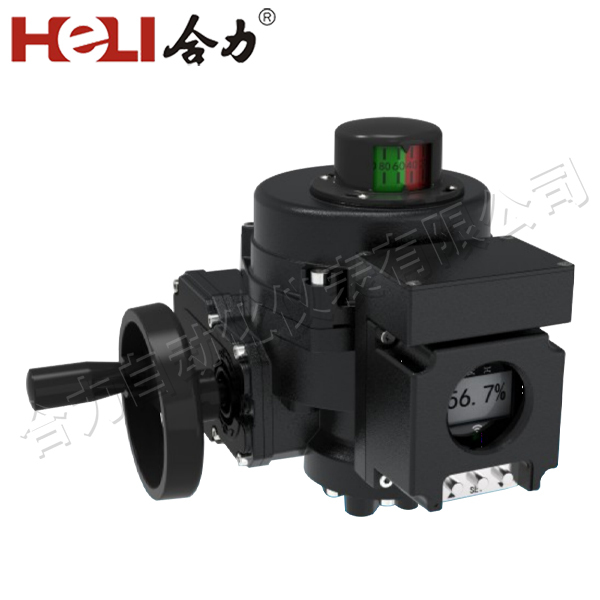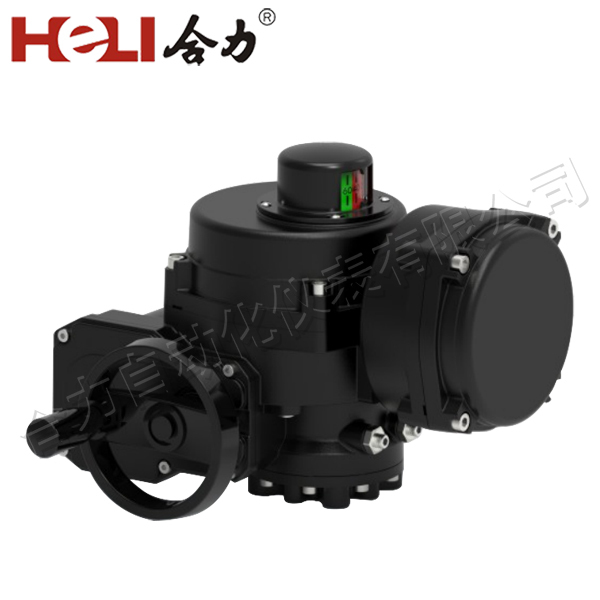
The rise of renewable energy sources and electric vehicles has driven a significant increase in the use of lithium batteries. These batteries are favored for their high energy density, long lifespan, and lightweight nature, making them ideal for a variety of applications, including residential solar power systems, electric vehicles (EVs), and energy storage systems. However, proper installation of lithium battery electrical systems is crucial for ensuring safety, efficiency, and longevity. This article outlines the essential aspects of lithium battery electrical installation and the best practices for achieving a reliable and safe setup.

1. Understanding Lithium Battery Basics
Lithium batteries, particularly lithium-ion (Li-ion) and lithium iron phosphate (LiFePO4), are widely used in energy storage applications. They store electrical energy and release it when needed, providing a continuous power supply. These batteries offer several advantages, such as higher energy density, faster charging times, and longer life cycles compared to other battery technologies like lead-acid batteries. However, because lithium batteries are sensitive to certain environmental factors, such as temperature, overcharging, and deep discharge, it is essential to ensure their installation is carried out properly to maximize performance and safety.
